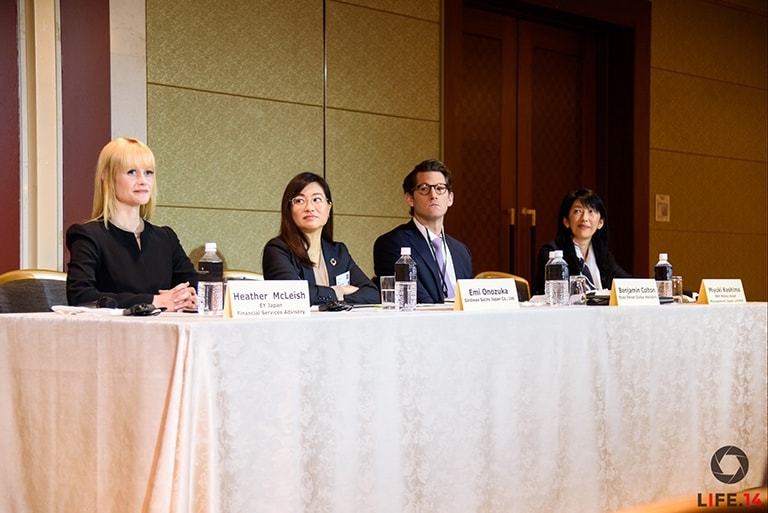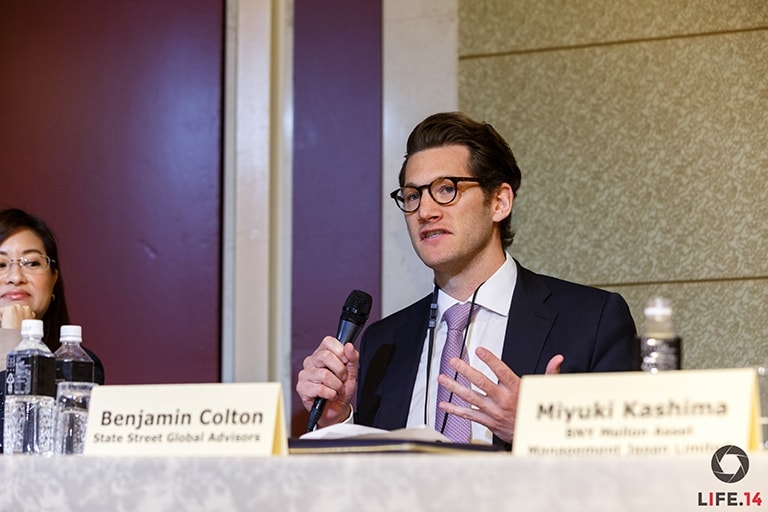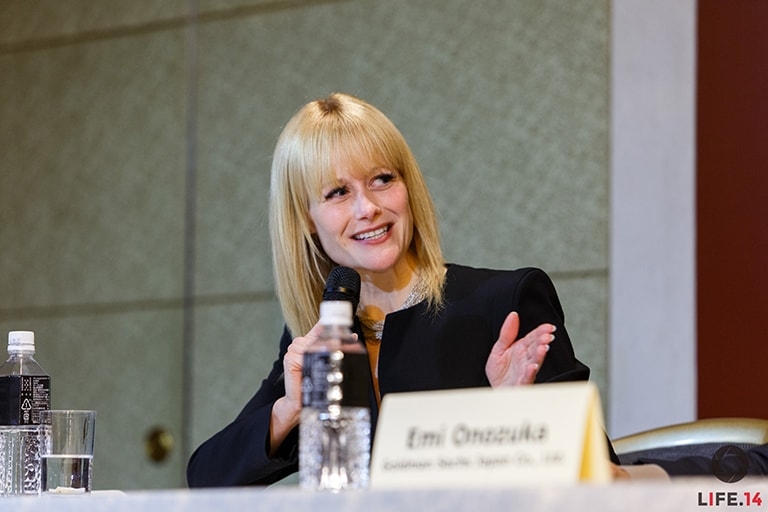Is Womenomics Bankable? The Experts Say Yes

Promoting the role of women in corporate Japan is not just good public policy, it is also good business and a good investment opportunity, according to experts speaking at the Women in Business Summit held recently by the American Chamber of Commerce in Japan.
One leader in this area is the financial services firm State Street Corp., which is using the vast share ownership through its asset management division to pressure companies in Japan and elsewhere to give a greater voice to women in the boardrooms.

“Gender diversity to us is really a matter of value,” said Benjamin Colton, Head of APAC, Asset Stewardship, State Street Global Advisors. “We were the first large U.S. asset manager to explicitly link gender diversity to our voting guidelines, so that we are now voting against companies if they are not responsive to our engagement efforts to put at least one female on the board.” While one is not enough, he said, it is part of a longer-term drive.
“The results are increasingly encouraging,” he said. According to data from the firm, 281 Japanese companies have been targeted with a total of 54 either adding or committing to the addition of a woman on the board.
Taking the concept of betting on women a step further, BNY Mellon Asset Management has established a Womenomics Fund in Japan.
“It’s very good to invest in something where you see a big change happening. And second, it‘s even more interesting when not all investors are aware of it,” said Miyuki Kashima, Head of Japan Equity Investment Management Division at BNY Mellon Asset Management Japan Limited.
The fund focuses on three main elements: companies that hire and promote women, companies that benefit from the extra spending that comes from more women working, and companies that benefit from offering services needed by dual wage-earning families.
